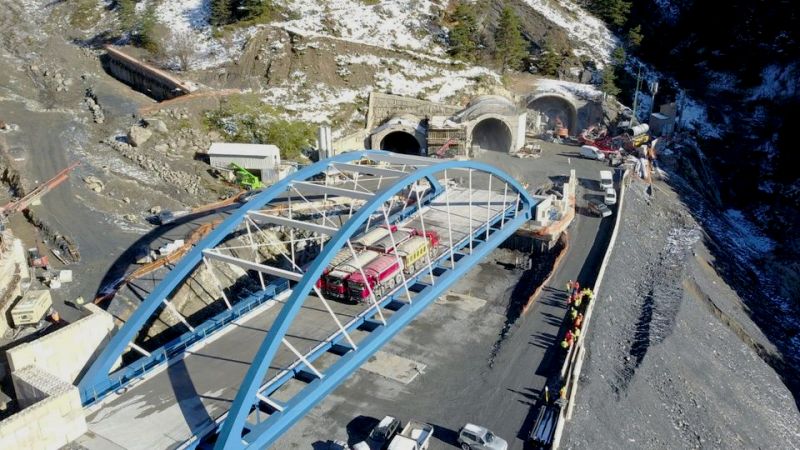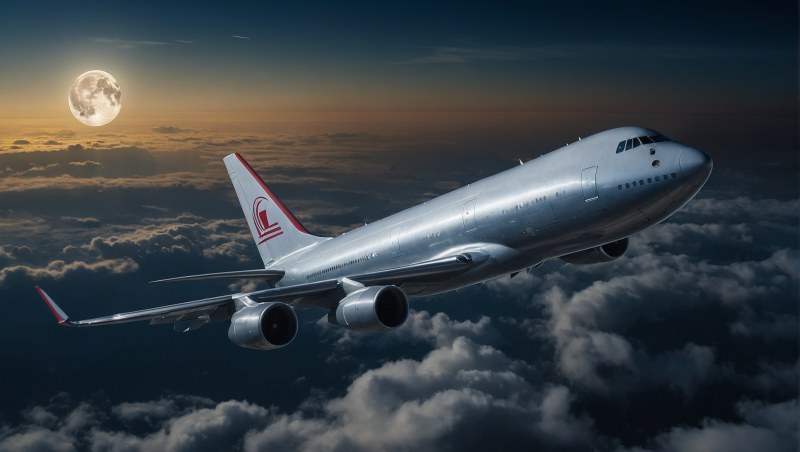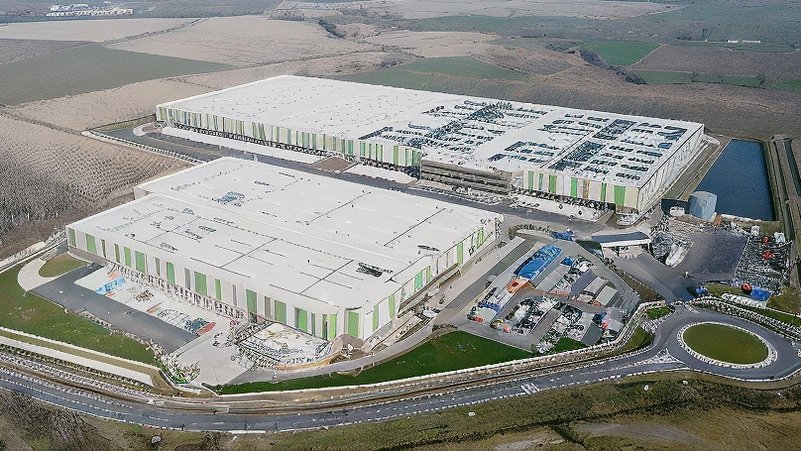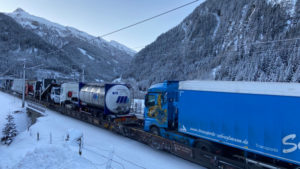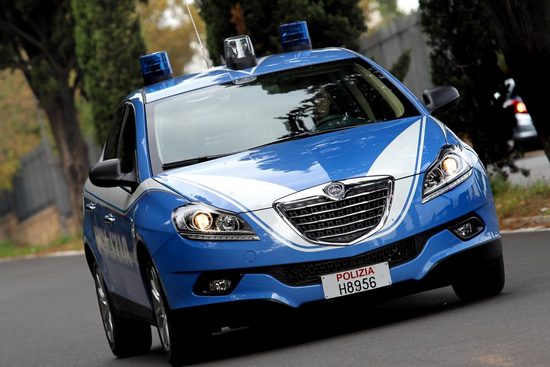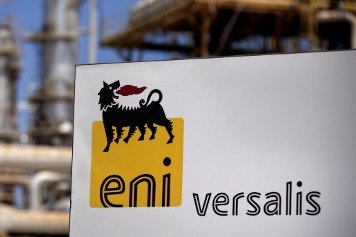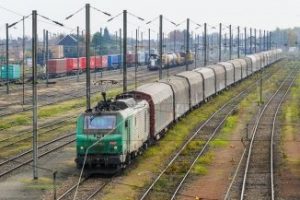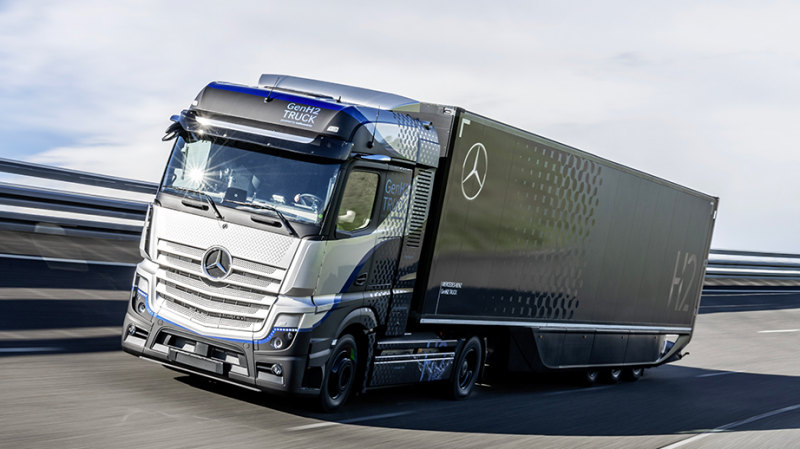In case anyone missed it, the Austrian regional newspaper Tiroler Tageszeitung, always attentive to such matters, recently highlighted and analyzed the numbers: the RoLa, the rail motorway that connects Trento with the Austrian terminal in Wörgl, is underused, if not in crisis—not due to lack of service, but because it struggles to find its role. The numbers speak for themselves. In 2023, the number of accompanied combined transport trains crossing the Brenner Pass fell by 5% compared to the previous year. Only 104,000 industrial vehicles were transferred to the rail shuttles, while the total available capacity exceeds 300,000 units.
There are several reasons why this service has failed to take off. At the forefront are economic factors. The cost difference between road and rail transport strongly favors road transport. The highway route through the Brenner Pass is so economical that many truck drivers prefer this cross-border route, even if it means extending the journey by dozens of kilometers. Given this economic landscape, it is clear that rail transport is at a competitive disadvantage, despite the incentives offered to those who choose the railway. Furthermore, the widespread use of foreign drivers reduces labor costs, further lowering road transport expenses.
The limited interest in RoLa services between Italy and Austria, however, has deeper roots. The Brenner rail motorway was primarily driven by Austria's desire to reduce highway traffic transiting between Italy and Germany. However, Austria's ÖBB railways have always been somewhat distant from the service from Trento, favoring connections through the Brennersee terminal, located near the Italian-Austrian border. This allows them to achieve the same goal of transferring traffic from road to rail while managing the entire service domestically, including conditions and incentives. Additionally, difficulties in securing train paths from Trento in Italy complete the picture.
Another crucial factor is the route's length. The distance between Trento and Wörgl is just over 200 kilometers, similar to the distance between Orbassano, in Piedmont, and Aiton, in France (175 kilometers), where a similar service is provided by the Alpine Rail Motorway (although currently suspended due to the interruption of the Frejus line). However, the scenario here is different because the RoLa has found its niche in the transit of dangerous goods, which have always been a key aspect of this service. On the Brenner route, however, the A22 motorway does not pass through a cross-border tunnel with stringent restrictions.
A separate story is the rail motorway managed by RAlpin, which runs over 400 kilometers between Novara in Italy and Freiburg im Breisgau in Germany. It has a capacity of only 100,000 loads annually because the railway between Novara and Domodossola is single-track. However, it performs well, thanks in part to incentives provided by Switzerland. In any case, none of these services would be competitive without public subsidies. With the base tunnels of Mont Cenis and Brenner, the RoLa's future is likely to come under further scrutiny.
Piermario Curti Sacchi



